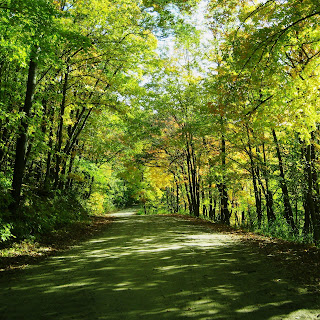
Hmmm…..If we could only capture the beauty of autumn and hold it to our hearts all winter long! Crisp mornings, warm days, azure blue skies, tasty apples, golden pumpkins, harvest moon…and perhaps most spectacular…the beauty of changing leaves, all typical sprinklings of the season. Yes, fall is my favorite time of year!
I love the whisper of the wind, the blustery breezes swirling fallen leaves and scattering them in colorful piles in otherwise barren places. I love the smell of campfires and burning leaves, the sound of crunching leaves beneath my feet.
It’s a time to slow down, a time to enjoy the beauty around us. It’s the season’s last hurrah before coming to a close and cuddling under a snowy blanket.
The bible tells us in the book of Genesis that the change of seasons was God’s idea. In chapter 8, the Lord reminds us, “While the earth remaineth, seedtime and harvest, and cold and heat, and summer and winter, and day and night shall not cease.”
Virtually everything’s affected by the seasons. Farmers plant and harvest their crops in the warm months and mend fences and tend their livestock and machinery in the winter. As the seasons change, people wear heavier or lighter clothing and eat different foods.
The cycle of the seasons make up a year. Before the calendar, people looked to the sky for signs that a new season was approaching. The book of Genesis, chapter 1, says that God put the lights in the heavens, “…to divide the day from the night, and let them be for signs, and for seasons, and for days, and years.” This knowledge was vital in determining seeding and harvesting times. That’s why we still call the low, orange colored moon, “the Harvest Moon”.
The seasons have a profound effect on plant and animal life, too. In spring, plants and trees sprout new leaves, flowers appear, birds migrate to warmer regions, and many animals emerge from hibernation. With summer, the lengthy hours of sunshine provide energy for photosynthesis and stimulate growth in plants and animals alike. In autumn, the final harvesting is done, many plants shed their leaves, birds migrate to warmer regions, and construct warm, protected burrows, seeds have hard coats to keep out the cold, and buds are wrapped in wax as protection against ice.
Out of these four seasons, autumn is my favorite! Check back again as I take some time to enjoy the beauties and aromas of this special season.
.jpg)
 Using a blanket to throw them in kept them from getting bruised!
Using a blanket to throw them in kept them from getting bruised! The harvest is all in...just in time!
The harvest is all in...just in time!













